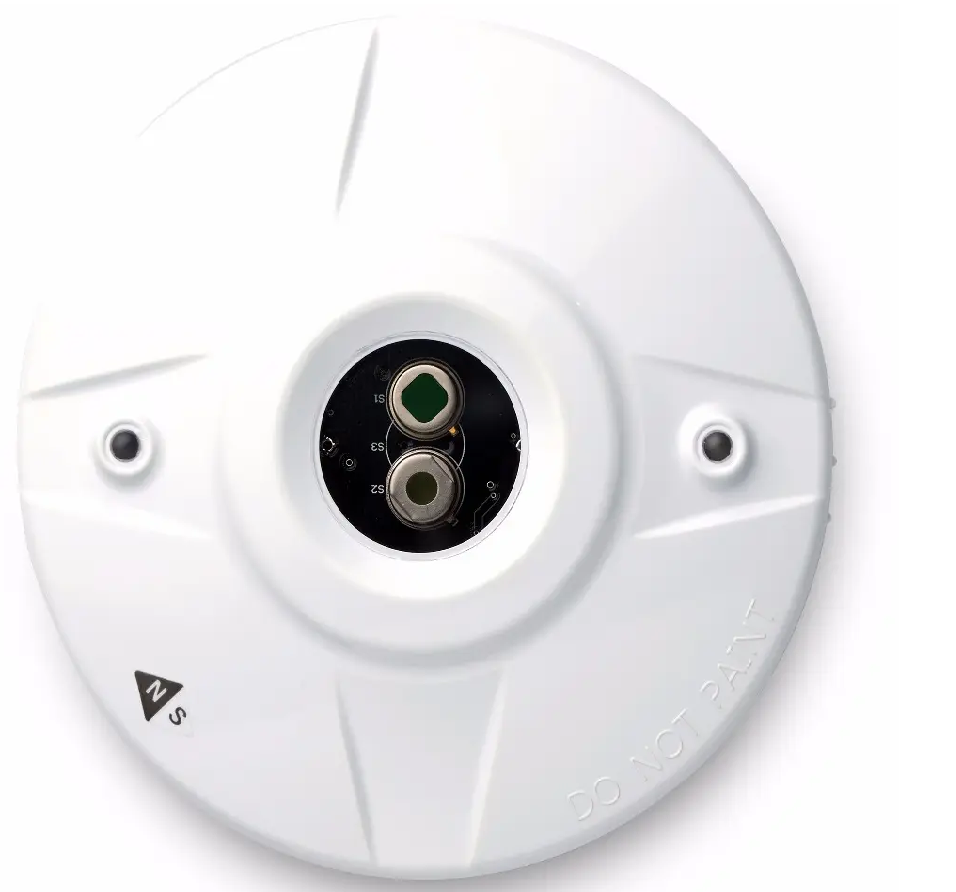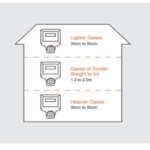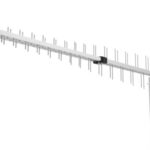What are flame detectors, & how do they work?
A flame detector is a device designed to detect the presence of a flame or fire. It is commonly used in industrial settings, such as petrochemical plants, refineries, power plants, and other locations where the risk of fire or combustion exists.
The primary function of a flame detector is to provide an early warning system for the presence of a flame. It helps trigger fire suppression systems, sound alarm systems, CCTV systems, or fire alarm systems.
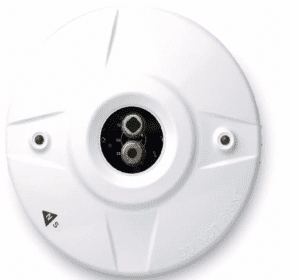
What are the most common types of flame detectors?
There are several types of flame detectors commonly used in industrial applications. The main types include:
Ultraviolet (UV) Flame Detectors
UV detectors work on the principle that flames emit ultraviolet radiation. Almost all fires emit UV radiation, and UV detectors effectively detect flames that emit short-wavelength UV radiation. When a flame or fire is present, the sensor triggers an alarm for the connected systems.
Infrared (IR) Flame Detectors
The infrared flame detector works by scanning the infrared spectrum This type of IR radiation can be emitted not only from flames but also from stove lamps. A higher risk of a false alarm may occur with this type of detection.
Single-IR Detectors: These detectors use sensors sensitive to a specific wavelength of infrared radiation emitted by a flame. When the detector detects an IR wavelength, it triggers an alarm or activates safety systems.
Dual IR Detectors: Dual IR detectors use two sensors, one for detecting IR radiation and another for detecting background radiation. By comparing the signals from both sensors, the detector can differentiate between flame and non-flame sources of IR radiation, reducing false alarms.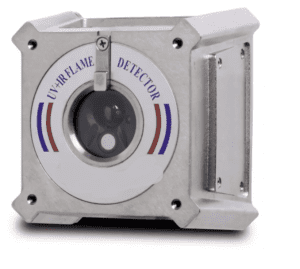
Flame Ionization Detectors (FID): FID detectors work by detecting the electrical current generated by ions produced in a flame. They are commonly used for detecting the presence of a continuous flame, such as in gas-fired systems. When a flame is present, the ionization current is detected, and the detector triggers an alarm or activates safety measures.
Infrared Array Flame Detectors: These detectors use an array of sensors that cover a wider field of view and can detect flames across a larger area. They are often used for outdoor applications or in large industrial spaces. The array of sensors allows for better flame detection and improved resistance to false alarms.
Where would you recommend installing these detectors?
The installation of flame detectors depends on the specific application and the nature of the potential fire hazards in a given environment
Hazardous Areas: Install flame detectors in areas where there is a high risk of fire or explosion, such as locations where flammable gases, vapours, or combustible materials are present. Examples include petrochemical plants, refineries, gas processing facilities, storage areas for flammable liquids, and industrial manufacturing sites.
Process Equipment: Install flame detectors near critical process equipment that may pose a fire hazard, such as furnaces, boilers, gas turbines, or flare stacks. The detectors should have a clear line of sight to the potential flame source.
High-Risk Locations: Identify high-risk areas within a facility where a fire could have severe consequences, such as control rooms, electrical rooms, pump stations, or areas with the potential for rapid fire spread. Install flame detectors in these areas to provide early detection and initiate appropriate safety measures.
Outdoor Applications: For outdoor installations, consider using flame detectors with wider coverage and enhanced resistance to environmental factors, such as weather conditions, sunlight, or false alarms caused by non-flame sources. Outdoor areas where flame detectors may be needed include tank farms, loading terminals, or open storage areas.
Line-of-Sight Considerations: Flame detectors generally require a clear line of sight to the potential flame source for effective detection. Avoid obstructions, such as walls, barriers, or equipment, that could block the detector’s view of the flame.
Redundancy and Zoning: Consider installing multiple flame detectors in critical areas to provide redundancy and ensure reliable detection. Divide large areas into zones and install detectors strategically to cover the entire zone and minimize blind spots.
What are some common challenges or considerations when installing flame detectors?
While installing flame detectors, there are several common challenges and considerations to keep in mind:
Environmental Factors: Consider the environmental conditions in the installation area. Factors such as extreme temperatures, humidity, dust, vibrations, and corrosive substances can affect the performance and reliability of flame detectors. Ensure that the selected detectors are suitable for the specific environmental conditions of the installation site.
False alarms: flame detectors may be triggered by non-flame sources such as sunlight, hot objects, steam, or other sources of radiation.
Detection Range and Coverage: Ensure that the flame detectors are positioned and calibrated to cover the desired detection range effectively.
Integration with Fire Protection Systems: Flame detectors are often integrated into broader fire protection systems, including fire alarms, emergency shutdown systems, fire suppression systems, and CCTV systems.
What are some common types of flame detectors that are less prone to false alarms?
No flame detector is entirely immune to false alarms, certain types are generally considered to be less prone to false alarms compared to others.
- Dual Infrared (IR) Flame Detectors
- Combination UV/IR Flame Detectors
- Intelligent Signal Processing Flame Detectors
- Multispectrum Flame Detectors
Can flame detectors be used in both indoor and outdoor environments?
Flame detectors can be used in both indoor and outdoor environments.
Indoor Environments: In indoor environments, flame detectors are commonly used in manufacturing facilities, chemical plants, warehouses, or control rooms.
Outdoor Environments: Flame detectors can also be used in outdoor environments where there is a risk of fire, such as tank farms, refineries, oil and gas exploration sites, or storage yards.
What is the function of the flame detection network camera?
A flame detection network camera is a type of surveillance camera with thermal sensors that is specifically designed to detect the presence of flames or fires.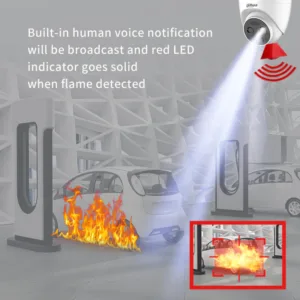
Flame detection network cameras are commonly used in industrial facilities, warehouses, data centres, power plants, and public buildings. By providing real-time flame detection, these cameras can help minimize the risk of fire-related damage, protect lives.

